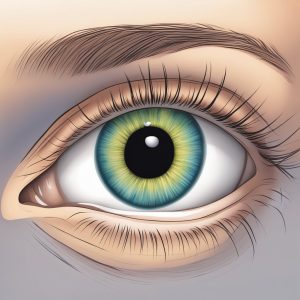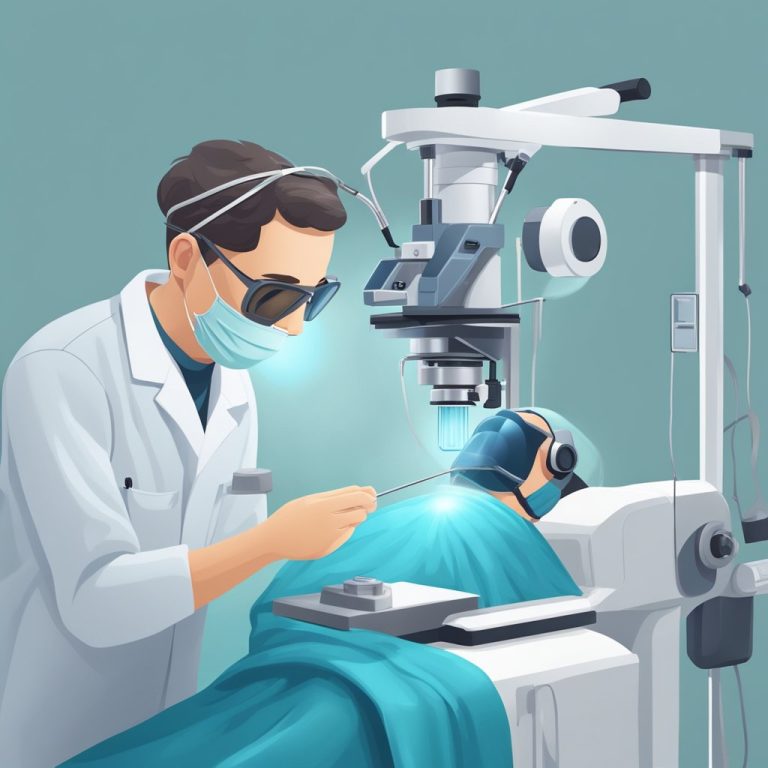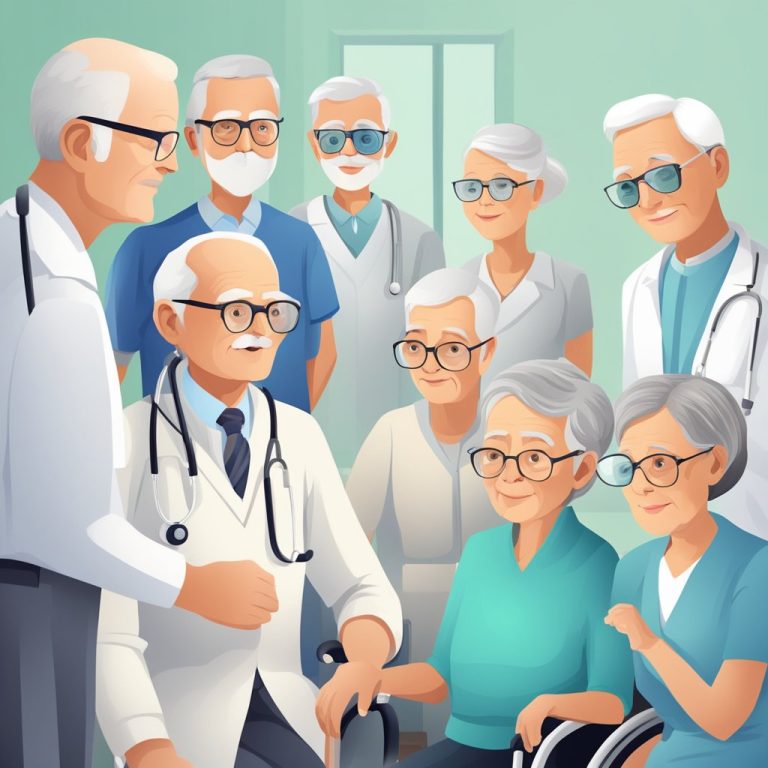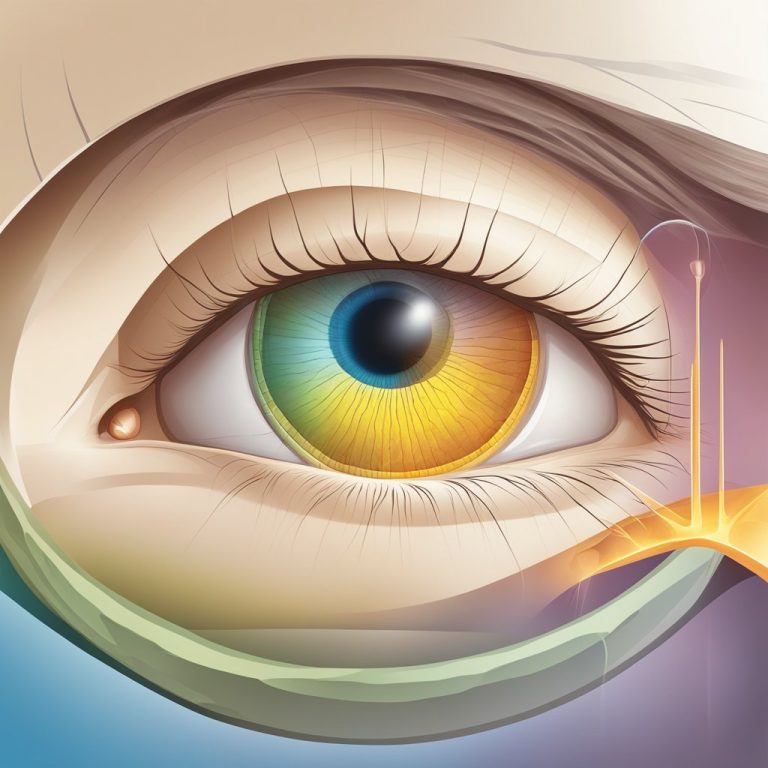What are the Symptoms of Thyroid Eyes?
What Are the Symptoms of Thyroid Eyes: Identifying and Understanding the Condition

Thyroid eye disease (TED) is an autoimmune condition that specifically affects the tissues around your eyes. Recognizing symptoms early is crucial for managing this disorder effectively. Typical signs include a gritty sensation in your eyes akin to having sand trapped in them, discomfort, particularly with eye movement, and inflammation that leads to redness and swelling of both the eyelids and the eyes. Advanced symptoms can involve changes in vision, light sensitivity, and even protrusion of the eyes, which is a defining feature of this condition.
The main symptoms of thyroid eye disease include bulging eyes (protrusion), retraction or lid lag, red or swollen eyes, excessive tearing, light sensitivity, double vision, difficulty moving the eyes, and vision loss from optic nerve damage in severe cases.
The right diagnosis and treatment are essential for preserving your eye health and preventing more severe complications related to TED. Medical professionals evaluate the various symptoms and may employ imaging tests to understand the extent of the condition. Various treatment options exist, ranging from managing symptoms to surgical interventions in more advanced stages. Finding answers to common questions about TED can equip you to better navigate this condition and seek appropriate medical care.
Key Takeaways
- Identifying TED symptoms swiftly can lead to better management of the condition.
- Professional evaluation and imaging are key to diagnosing TED.
- Treatment strategies for TED are diverse, targeting different stages of the disease.
Identifying Symptoms of Thyroid Eye Disease
Recognizing the early signs of Thyroid Eye Disease is crucial for prompt treatment and management. Let’s explore the visual and physical symptoms that may signal this condition.
Common Visual Symptoms
You may notice various changes in your vision if you’re experiencing Thyroid Eye Disease. Here’s a list of common visual symptoms:
- Proptosis (Bulging Eyes): A hallmark sign often described as a prominent bulging of the eyes.
- Vision Changes: This can include blurriness, double vision, and sensitivity to light.
- Dry and Watery Eyes: These seemingly contradictory symptoms can both present, with tear glands affected causing an inconsistent ocular surface.
- Redness and Irritation: The whites of your eyes might appear redder due to inflammation of tissues.
Physical Changes and Discomfort
Physical changes occur around the eye area that can lead to discomfort. Here’s what to watch out for:
- Eyelid Retraction: Eyelids may pull back from the eye more than normal, causing a startled look.
- Swelling and Inflammation: You may see and feel puffiness in the lids and around the eye due to swelling of the tissues.
- Eye Pain: Eye discomfort often occurs, especially with movement.
- Dry Eye Sensation: A gritty feeling in the eyes can be persistent, leading to the urge to rub them frequently.
Remember, these symptoms represent your body’s response to underlying issues with thyroid function and immune response. If you notice these changes, it’s important to consult with a medical professional to address the condition effectively.
Diagnosis and Treatment Approaches
To accurately manage thyroid eye disease (TED), thorough medical diagnosis and effective treatment are crucial. Identifying Graves’ disease early can minimize eye complications and improve quality of life.
Medical Diagnosis
When you exhibit symptoms of TED, your doctor will conduct a physical examination and may recommend specific blood tests and imaging studies like MRI. These tests help confirm a diagnosis of TED, often associated with an underlying thyroid condition such as hyperthyroidism. Since TED is closely linked to your immune system’s function, identifying autoimmune diseases like Graves’ orbitopathy is a key step for early diagnosis.
Treatment and Management
Once diagnosed, TED treatment begins with managing risk factors such as controlling thyroid hormone levels and addressing any other autoimmune condition you may have. Medicines aimed at reducing eye inflammation and swelling can be prescribed, including steroids or selenium supplements. In some cases, treatments like radioactive iodine for your thyroid condition may be warranted.
For immediate relief of mild symptoms, strategies like using artificial tears or lubricating gel can alleviate discomfort. If your vision is affected, prisms may be added to glasses to correct double vision. When necessary, and particularly in cases with optic nerve compression, more definitive treatments such as eye muscle surgery, eyelid surgery, or newer medications like teprotumumab might be explored. Working closely with an ophthalmologist or endocrinologist ensures that you receive the best possible care tailored to your specific needs. Regular monitoring during the active and inactive phases of TED is essential to assess the need for any additional treatment options or surgery to prevent complications like optic neuropathy.
Frequently Asked Questions
In this section, you’ll find targeted answers to common queries about thyroid eye disease, allowing for a deeper understanding of its symptoms and treatment.
What are the initial indicators of thyroid eye disease?
You may notice discomfort or a gritty sensation in your eyes, along with swelling and redness as initial symptoms of thyroid eye disease. These early signs are often mistaken for allergies or dry eye syndrome.
Can you show the progression of thyroid eye disease through photos?
While images can illustrate changes over time, it’s important to consult your healthcare provider for an accurate understanding of thyroid eye disease progression in your case.
Is there a correlation between Hashimoto’s disease and thyroid eye complications?
Hashimoto’s disease, an autoimmune disorder affecting the thyroid gland, can sometimes be associated with eye complications similar to those seen in Graves’ disease, though they are less common.
What are the most effective treatments for eye symptoms associated with Graves’ disease?
Treatments for eye symptoms related to Graves’ disease may include lubricating eye drops, selenium supplements, and in some cases, surgery. Your doctor will recommend the most appropriate treatment based on your specific condition.
Is it possible to fully treat thyroid eye disease?
Complete remission of thyroid eye disease is possible, particularly with early intervention and appropriate treatments. However, some patients may experience lingering effects or require ongoing management.
What are the common symptoms that might be confused with thyroid eye disease?
Symptoms like eye redness, swelling, and pain are common in several conditions, including allergies and infections. These can be mistaken for thyroid eye disease, underscoring the need for a thorough examination by a healthcare professional.






